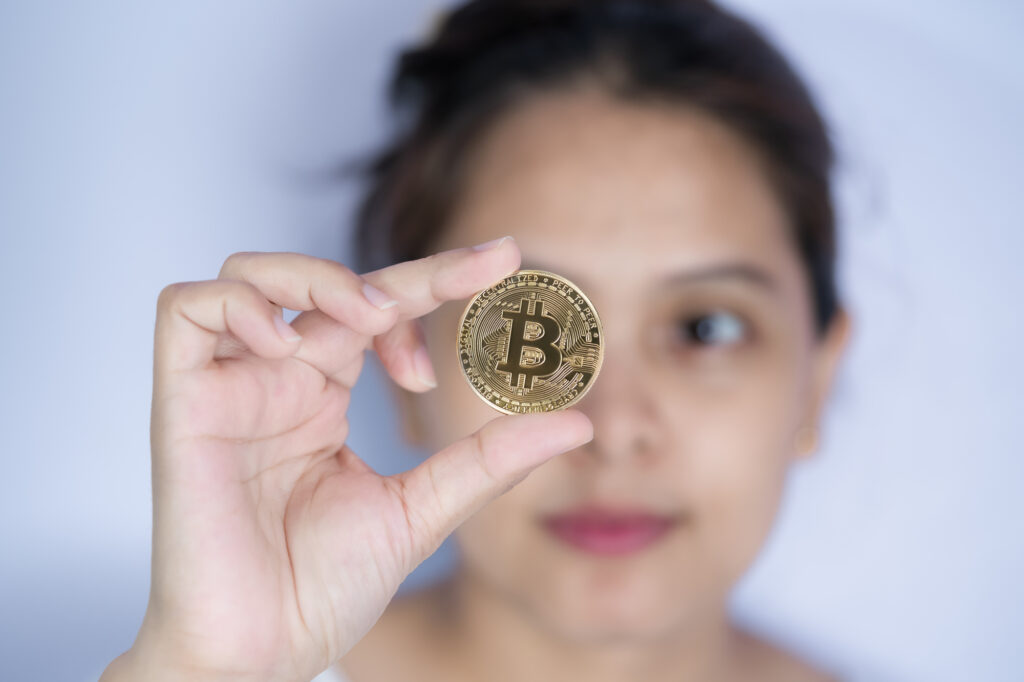What has been happening around Blockchain Technology and Cryptocurrencies this week? The most relevant local and international developments as well as appealing background reports in a pointed and compact weekly review.
The digital asset space has become a multi-trillion dollar market and is experiencing tremendous growth. However, with the emergence of crypto assets, the second internet revolution is still in its beginnings and, analogous to the first one in the late 90’s, remains difficult to grasp. Accordingly, there is a visible uncertainty among investors, particularly as there are many myths surrounding the topic. With the aim of providing further insight into the current developments, the event “The Future of Digital Assets” organized by CVJ.CH and 10×10 took place in Zurich for the first time. Proven experts from the field explained how digital assets can be used meaningfully within a portfolio context and what opportunities and risks this new asset class entails. More than 100 participants, mainly from the institutional finance sector, underlined a growing interest in the emerging asset class.
Non-fungible tokens (NFTs) have become the spirit of the crypto market. These blockchain tokens come in the form of a non-exchangeable crypto asset, which represents ownership of something unique. Thus, they are particularly popular in the art industry and are increasingly penetrating other sectors. Monthly NFT trading volumes have declined slightly recently, but remain in the billions of dollars. The majority of these volumes and their fees have so far gone to the NFT platform OpenSea. It therefore makes sense that crypto exchanges would want to grab a piece of the non-fungible pie. OpenSea attained unicorn status in a recent funding round and recorded more than $2.7 billion in trading volume last month. More recently, crypto exchange FTX announced the full-fledged launch of its marketplace for Solana-based NFTs. With Coinbase, one of the main crypto exchanges is now venturing into the space.
Digital central bank currencies (CBDCs) are the natural next step in the ongoing digitization of value. A number of central banks are working intensively on the introduction of a digital version of their currency. At the forefront is China, where a partial introduction of the digital yuan has already taken place. The U.S. Federal Reserve Bank will also publish a detailed paper with corresponding recommendations later this year. With a digital currency option, the area of influence for central banks increases exponentially. New horizons are opening up in terms of fiscal policy and money flow monitoring. Meanwhile, the new possibilities are also raising concerns about the protection of privacy. In a recent article, former CIA employee Edward Snowden shed light on the control mechanisms that CBDCs can be equipped with.
Monetary institutions have taken notice of cryptocurrencies and are trying to position themselves in the new territory. Although central banks are not appearing to applaud digital currencies, most monetary guardians recognize their existence. Things are different in the field of blockchain tokens whose value is pegged to fiat currencies, the so-called stablecoins. Taking examples such as Facebook’s “Libra” (new Diem), central banks demonstrated that they have no intention of handing over control of their currency to private companies. The drive for uniform regulation of digital assets was reiterated during the fourth meeting of the G20 finance ministers and central bank governors. According to the legislators, stablecoins should only be approved once all relevant concerns have been addressed.
In addition: Women tend to hold back when it comes to investing. The proportion of women who actively invest is negligible. Although there is no gender gap in the trend toward saving, there are clear differences in savings behavior between the sexes. When it comes to shares, ETFs or crypto investments, men are far less hesitant than women. This is the result of a number of social and structural factors. While in particular in developing countries women often struggle against their financial powerlessness, cryptocurrencies may represent a step in the direction of financial self-determination.
Selected articles in the weekly review:
The digital assets sector has become a billion-dollar market and is visibly penetrating the traditional…
The multifaceted NFT market has repeatedly made it into the headlines of traditional media in…
US whistleblower and former CIA employee Edward Snowden commented on digital central bank currencies (CBDCs) and their risks.
At the Fourth G20 Finance Ministers and Central Bank Governors meeting, authorities called for more oversight on the stablecoin niche.
The percentage of women employed in the financial world is low and their investment behaviour…













